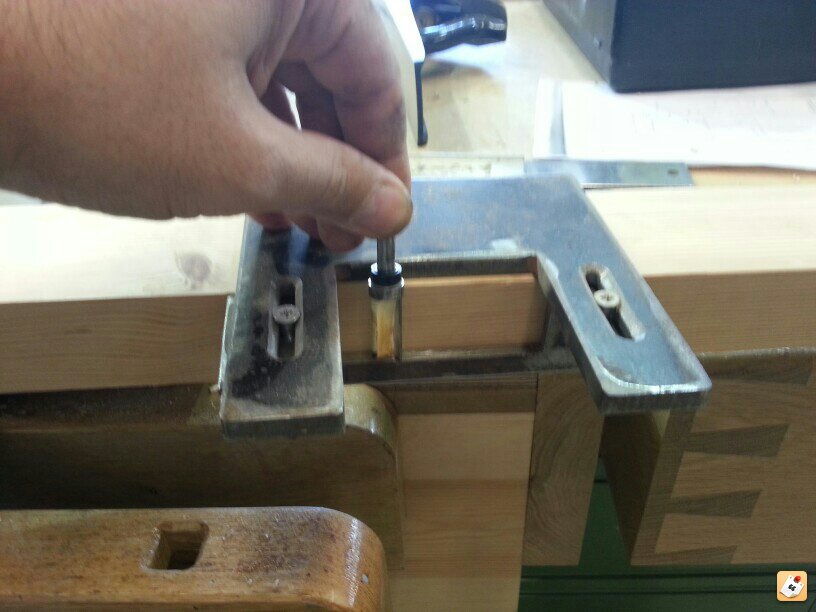devonwoody
Established Member
I recently had trouble fitting hinges to a box, this has happened before on previous boxes.
I follow and listen to all advice fitting this set up but over the years I get failures.
My problem occurs I think when I predrill the screws holes.
My hand drill weighs 5 kgs? the tiny bit is uncontrollable and sometimes break when drilling into the timber marked spots, (even if marked or punched to what should be dead centre) this means that the hinge is pulled out of its correct alignment when screw is tightened at fitting of hinge.
I also have a lightweight electric screwdriver which accepts a chuck but the quality is very poor and has play when winding the drill bit in, so that's not much better.
Mass production by manufacturers of commercial jewellery boxes seem to be able to turn out perfectly fitting lids with butt hinges so they must have a jig to fit their hinges, any ideas how they go about it?
I follow and listen to all advice fitting this set up but over the years I get failures.
My problem occurs I think when I predrill the screws holes.
My hand drill weighs 5 kgs? the tiny bit is uncontrollable and sometimes break when drilling into the timber marked spots, (even if marked or punched to what should be dead centre) this means that the hinge is pulled out of its correct alignment when screw is tightened at fitting of hinge.
I also have a lightweight electric screwdriver which accepts a chuck but the quality is very poor and has play when winding the drill bit in, so that's not much better.
Mass production by manufacturers of commercial jewellery boxes seem to be able to turn out perfectly fitting lids with butt hinges so they must have a jig to fit their hinges, any ideas how they go about it?





